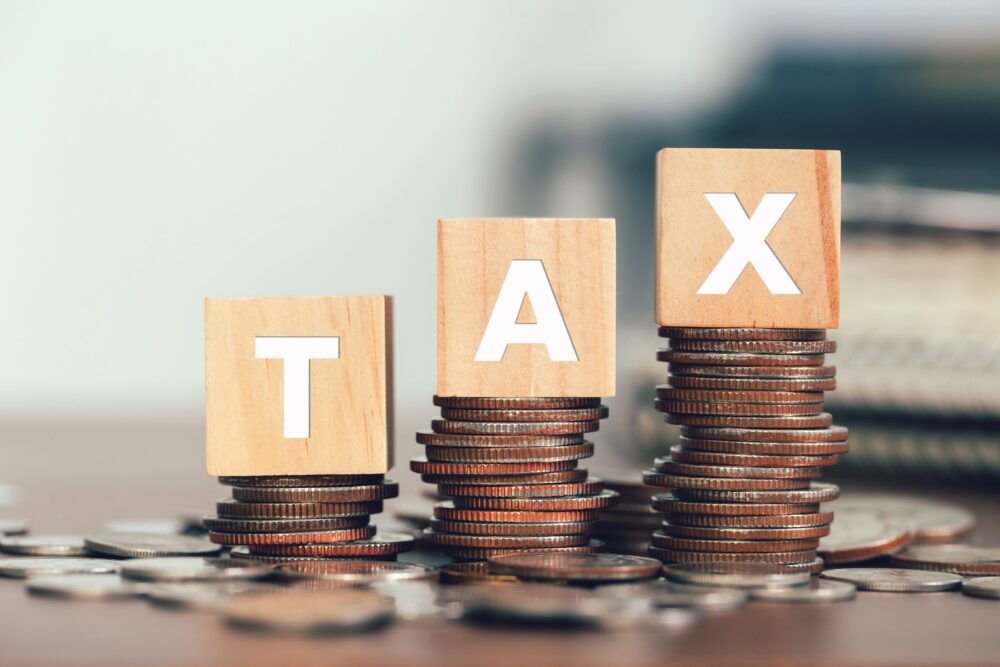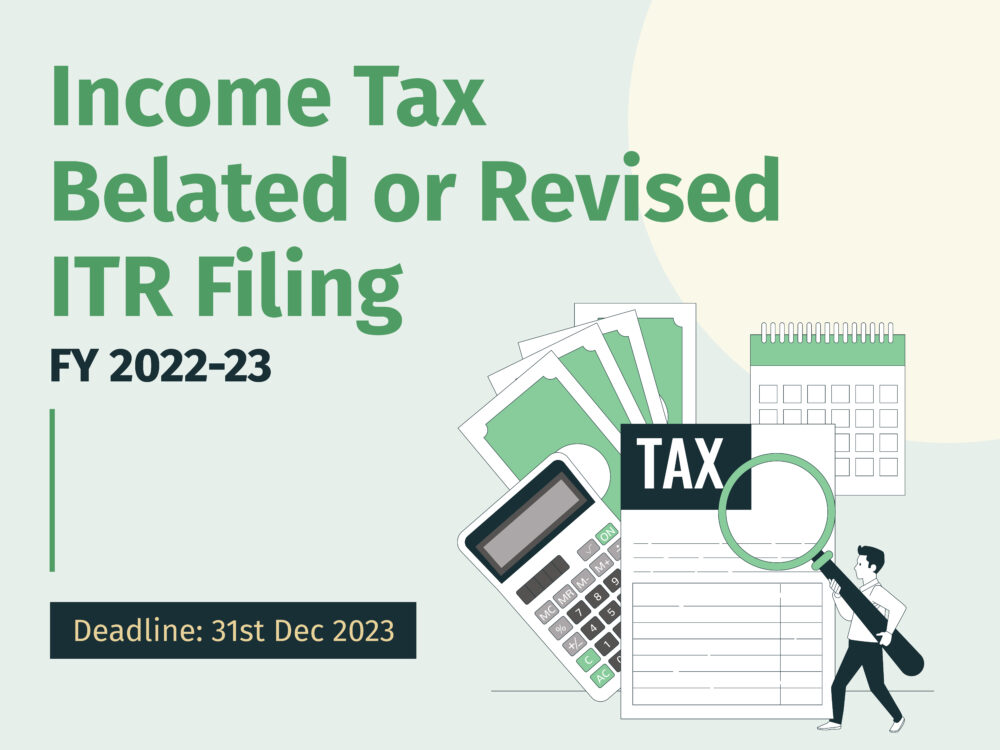Tax planning is a vital component of managing your finances wisely, especially in India. As a country with a complex tax system, it’s crucial for individuals to understand the basics of taxable income to ensure they’re not only compliant but also making informed financial decisions. In this article, we’ll break down the concept of taxable income for beginners in India, helping you navigate the world of personal taxes without getting lost in jargon.
Decoding Taxable Income
Taxable income represents the portion of an individual’s earnings that is susceptible to taxation by the government. It comprises diverse income sources, including but not limited to wages, business profits, interest, dividends, and capital gains. Deductions and exemptions, like business expenses, mortgage interest, and certain investments, are then subtracted from the total income to arrive at the taxable income figure.
In India, comprehending taxable income is particularly vital due to its dynamic tax structure. Different income brackets are subject to varying tax rates, resulting in a progressive tax system. This means that as your income increases, the corresponding tax rate also rises.
Understanding taxable income is fundamental for effective financial planning. By optimizing deductions and leveraging tax-saving investments, individuals can reduce their taxable income, thereby minimizing their tax liability. Moreover, staying informed about applicable tax laws and changes helps individuals remain compliant while making informed financial decisions.
Sources of income in India for computing taxable income
Taxable income in India is categorized under five main heads:
a. Income from Salary
Salary income comprises the earnings an individual receives from their employment. It encompasses the basic salary, allowances (such as house rent and travel), bonuses, incentives, and benefits provided by the employer. Non-monetary perks like accommodation and utilities can also be part of the salary. Additionally, any deductions made for provident fund contributions or taxes are subtracted from the gross salary to arrive at the taxable salary, which is subject to income tax.
b. Income from House property
This refers to the earnings generated from owning a property, whether residential or commercial. It includes rent received from tenants and is subject to taxation. The taxable income is determined by deducting municipal taxes and a standard deduction (usually 30% of the annual rent) from the total rental income. If you have a home loan, the interest paid on it is also deductible. Understanding this type of income helps individuals manage their tax liability effectively while optimizing their property investments.
This covers income from sources like rental properties, interest on savings, dividends from investments, and freelance work.
c. Income from Capital Gains
Capital gains income pertains to profits earned from the sale of Capital assets like stocks, real estate, or other investments. There are two categories: short-term gains and long-term gains . In India, these gains are subject to taxation. The tax rate depends on the holding period and the type of asset. By comprehending capital gains, individuals can strategize their investments, considering tax implications, to maximize returns and minimize tax liability.
To get more information on this topic you can refer to this blog on our website – https://1finance.co.in/blog/decoding-taxation-on-capital-gains/
d. Income from Business and Profession
Income from Business and Profession in India encompasses earnings derived from self-employment, consultancy, trade, or any professional activity. It includes profits, fees, commissions, and gains from such activities. Business-related expenses and deductions can be subtracted from the gross income to arrive at the taxable income. Individuals can also opt for the presumptive taxation scheme, where a percentage of gross receipts is considered taxable income. Understanding this category aids in effective tax planning and expense management for entrepreneurs and professionals, ensuring compliance with tax regulations while optimizing their financial outcomes. In case a salaried individual undertakes any assignments outside the employment, the income generated is likely to be included in this head of income.
e. Income from Other Sources
“Income from Other Sources” covers earnings that don’t fall under the aforementioned categories. This can include interest on savings accounts, fixed deposits, and winnings from lotteries or game shows. It’s important for individuals to report these sources of income in their tax returns, as they are subject to taxation. Understanding income from other sources helps individuals ensure accurate tax filing, compliance with regulations, and effective management of their financial resources.
Exemptions and Deductions
Exemptions and deductions allowed under the Income Tax Act in India play a pivotal role in reducing an individual’s taxable income, thereby minimizing their overall tax liability. These provisions are designed to promote specific behaviors, such as investment in certain sectors or support for charitable causes.
Exemptions involve certain types of income that are entirely excluded from the tax calculation. Examples include House Rent Allowance (HRA), Leave Travel Allowance (LTA), and the standard deduction. Additionally, income earned in specific zones like Special Economic Zones (SEZs) might be fully or partially exempt.
Deductions, on the other hand, allow taxpayers to reduce their taxable income by a specified amount. These include deductions for investments made under Section 80C, like Employee Provident Fund (EPF), Public Provident Fund (PPF), and National Savings Certificates (NSC). Other sections offer deductions for expenses like medical insurance premiums (Section 80D), home loan interest (Section 24), and charitable donations (Section 80G).
Understanding these exemptions and deductions is essential for optimizing one’s tax planning. By leveraging these provisions, individuals can significantly lower their taxable income, consequently reducing the amount of tax they owe. It’s vital to remain updated on the latest tax laws and provisions to ensure compliance and to make informed financial decisions that align with the goal of minimizing tax liability.
Calculate Total Taxable Income
Once you’ve considered your income, exemptions, and deductions, calculate your total taxable income using this formula:
Total Income – (Exemptions + Deductions) = Total Taxable Income
Calculating Tax based on Taxable Income

India has a progressive tax system, meaning your tax rate increases as your income rises. Different income slabs have different tax rates. To calculate your tax, identify which slab your taxable income falls into and apply the corresponding tax rate. Moreover you are allowed to choose tax slabs as per new and old tax regime. You can refer to this blog for information on the same- https://1finance.co.in/blog/new-v-s-old-tax-regime-how-to-choose-what-is-best-for-you/
Also, don’t forget to consider applicable surcharges and cesses.
Importance of Reporting All Income
While the idea of not declaring certain incomes might seem tempting, it’s crucial to report all your income. Not only does this ensure you’re compliant with the law, but with the digitization of financial systems and increased scrutiny, discrepancies are easily noted and can lead to hefty penalties. Recently many individuals have received notices for claiming incorrect deductions/ exemptions or for missing reporting of certain incomes from the income tax department.
The Role of Advance Tax
Advance tax is a significant aspect of tax planning in India. It requires individuals with substantial income to pay their taxes in installments throughout the financial year rather than in a lump sum at year-end. As per the Income Tax Act, you are required to pay the income tax liability by 31st March, of the year and not while filing the Income tax return.
If your tax payable exceeds INR 10,000 while filing your Income Tax Return, you might be charged interest over and above your tax liability.
Tips for Simplifying Tax Planning
a. Maintain Records:
Keep records of all your income sources, expenses, and investments. These will be invaluable when filing your tax return.
b. Use Tax Calculators:
Various online tools and calculators are available to help estimate your tax liability based on your income and deductions.
c. Explore Tax-Saving Investments:
Look into investment options like Public Provident Fund (PPF), National Pension System (NPS), and Equity-Linked Savings Schemes (ELSS) to reduce your taxable income.
To know more about tax planning using these deductions and exemptions, you can refer to this blog https://1finance.co.in/blog/tax-planning-for-salaried-individuals-beginners-guide/
Conclusion
Navigating the realm of taxable income in India doesn’t have to be overwhelming. By understanding the basics of income sources, deductions, tax slabs, and forms, you can begin your journey towards effective tax planning. Remember, seeking advice from financial experts and staying updated with changes in tax laws will ensure that you’re making the most of your hard-earned money while staying compliant with the tax regulations.







